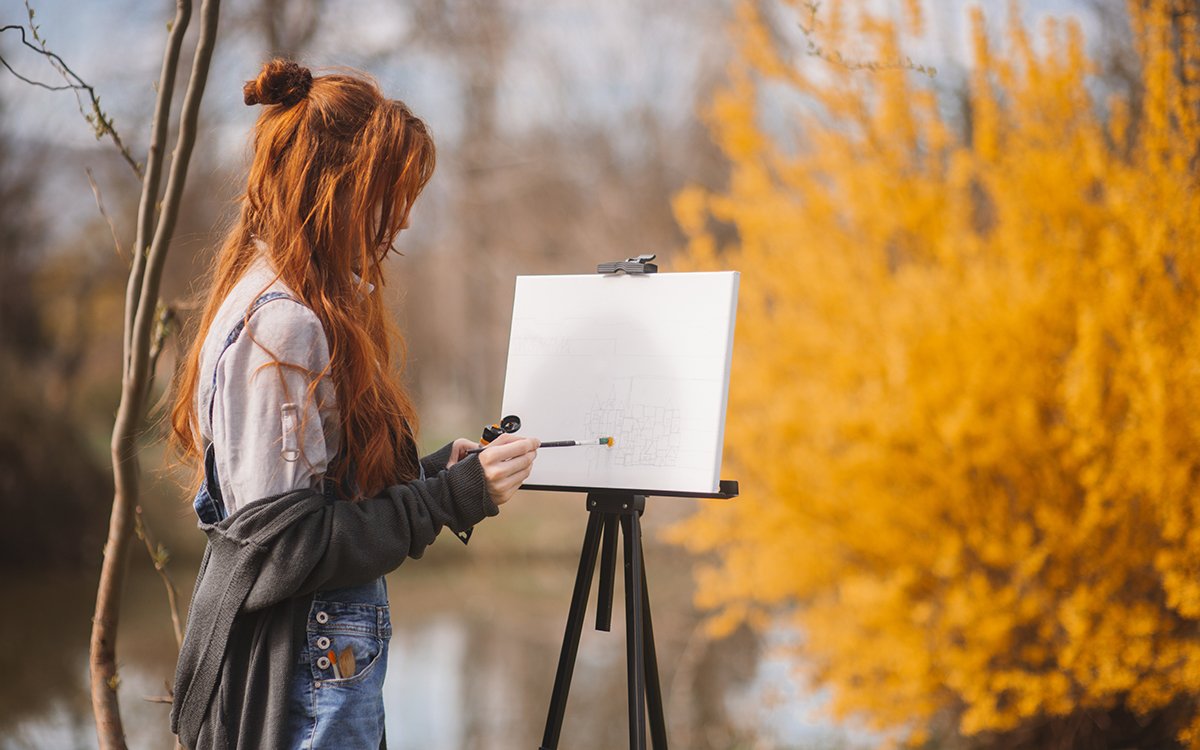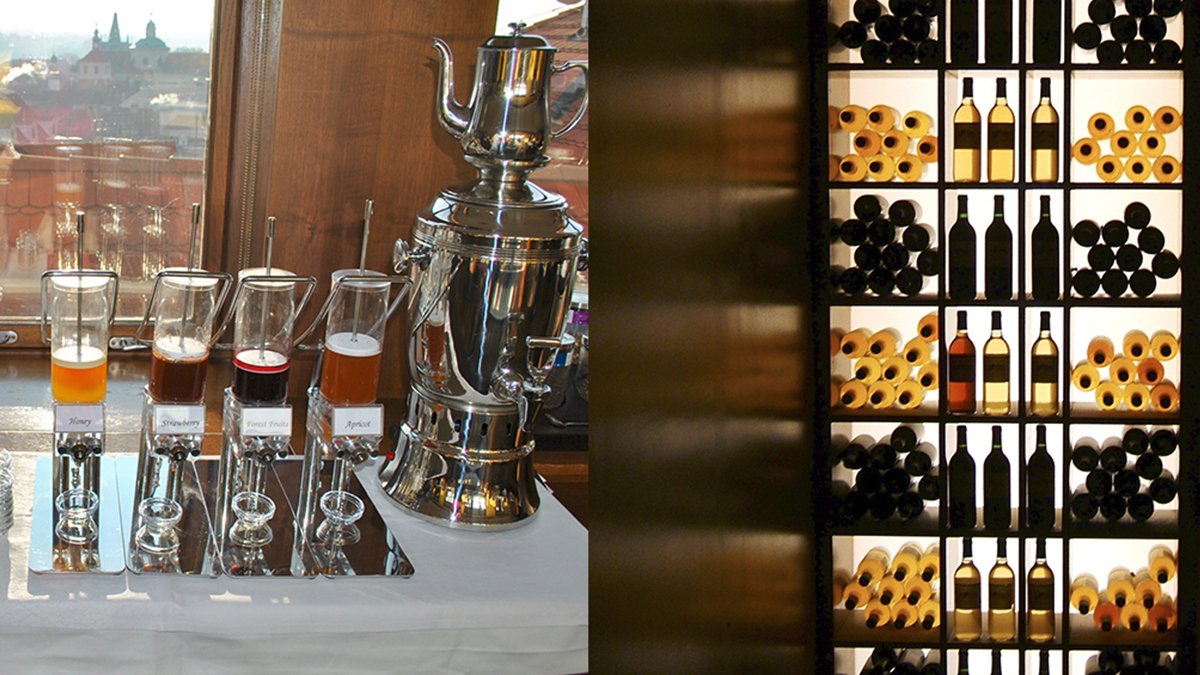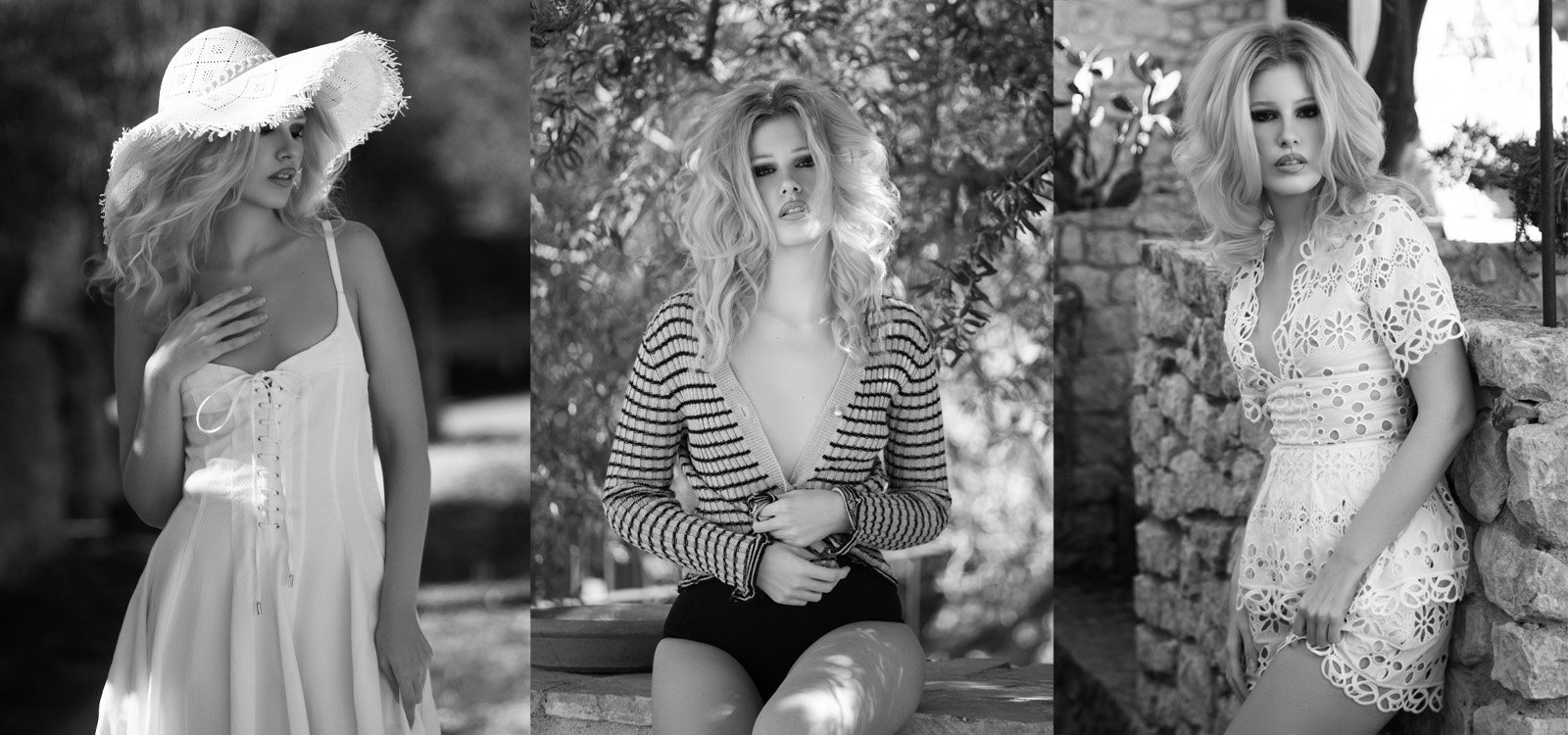Landscapes Are The Perfect Subject Matter For Artists. So, Have A Look At How Painters Embody The Ability To Transcend Reality Through Art.
Landscape painting was a genre that had long sought-after formal recognition. It was not until the 17th century that the theme became a pictorial genre in its own right, alongside historical painting, portraiture, and still life. From then on, open-air painting became more democratic, and nature appeared to be the most inspiring of subjects. Green forests, rocky cliffs, and ploughed fields become the scenes of predictions of certain painters. These canvases are among the greatest paintings in the history of art. Have a look at the paintings you should know… a change of scenery is guaranteed!
1. CASPAR DAVID FRIEDRICH : MONK BY THE SEA
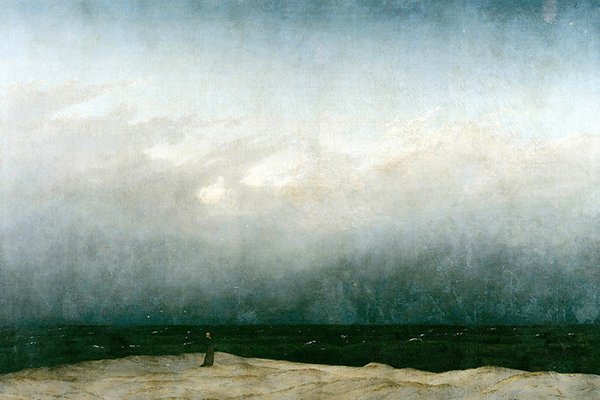
“Monk by the Sea” is an artwork by the renowned German Romantic landscape painter, Caspar David Friedrich. Created in 1809, this painting is considered one of Friedrich’s most iconic and introspective works, reflecting his deep interest in nature, spirituality, and the human experience. “Monk by the Sea” is characterized by Friedrich’s distinctive style, which emphasizes the sublime and the emotional impact of nature on the human psyche.
The painting is renowned for its composition, with a strong vertical emphasis given to the stark verticality of the monk’s figure,
as well as the towering cliffs and the vast expanse of the sea. While it is also regarded as a representation of the human desire for connection, and the introspective nature of the human soul. Having a profound influence on the development of Romanticism in art, which continues to captivate the naked eye, making it an enduring masterpiece in art history.
2. EUGÈNE BOUDIN : ON THE BEACH AT TROUVILLE
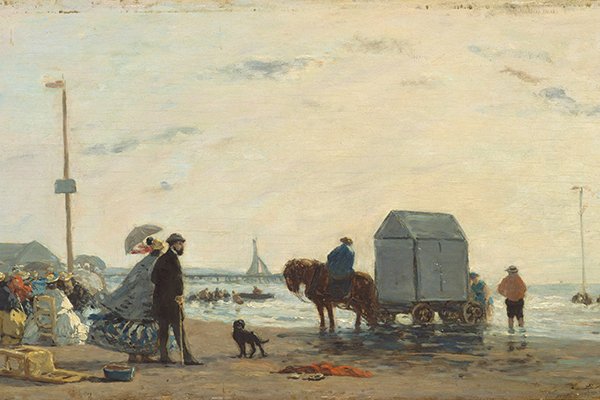
Created in 1864, On the Beach at Trouville by the French artist Eugène Boudin is an artwork that is considered one of Boudin’s most celebrated works. While the painting depicts a bustling scene on the beach at Trouville, a seaside resort town in Normandy, France. Boudin captures the leisurely and vibrant energy of the beachgoers with a combination of lively brushwork and an eye for detail. The figures, mostly elegantly dressed men and women, can be evidenced while strolling, lounging, and engaging in various recreational activities on the sandy beach. In order to depict the beach scene, the presence of sun umbrellas, parasols, and beach cabins adds to the sense of a fashionable and sophisticated act.
Exuding a sense of pleasure, Boudin’s use of light and colour is characteristic of Impressionist techniques. He skilfully captures the changing effects of sunlight on water, sand, and the human form. Using vibrant colours and applying loose, spontaneous brushwork to convey the fleeting nature of light and movement. The figures and the setting merge harmoniously, showcasing Boudin’s fascination with capturing the essence of modern life and the leisure activities of the middle class.
3. PAUL CÉZANNE : MONT SAINTE-VICTOIRE SEEN FROM THE BIBEMUS QUARRY
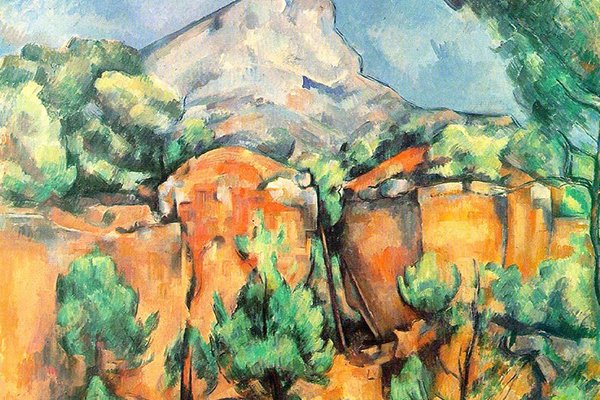
In the Mont Sainte-Victoire, the mountain was seen at a considerable distance, and its place in the broad panorama gave it a greater repose. Here, Cézanne comes closer to the peak; but it is even more inaccessible than before. Instead of suspending the observer above the valley, he places between him and the main object an abyss, the quarry across whose void he views the opposite rocks and the rising peak. In this process, the landscape itself has become dramatic, filled with striving, and titanic energies; but these are outside the spectator’s realm, beyond approach. The mountain, like a heroic sculpture, is set on a gigantic pedestal of rock enclosed by trees. One side rises in a sheer unbroken slope, and the other, a strangely animated line, changes its course in several abrupt breaks. In Cezanne’s interpretation, he attempts to capture the true nature of these inanimate objects and bring them to light.
Cezanne’s sense of space is also used to show objects as unalterably linked to one another, but unconnected with human beings. This feeling gives his paintings a perfect stillness or immobility, and space seems to be filled rather than empty. In Mont Sainte Victoire, the principal subject (the mountain) is large and in the middle of the picture, while at the same time, it is distant, at the edge of real space. The short-lived moments that he captured brought out a detailed artwork full of mastery.
4. HENRI ROUSSEAU : THE DREAM
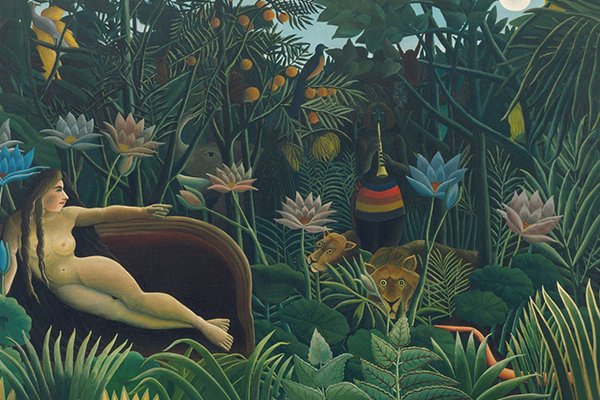
The Dream by the French artist Henri Rousseau, also known as Le Douanier Rousseau. Completed in 1910, this artwork is considered as one of Rousseau’s masterpieces and is representative of his unique style. “The Dream” depicts a dream-like scene in a lush jungle landscape. In the foreground, a reclining woman is portrayed in a reclining position on a red velvet couch, surrounded by exotic plants and animals. It exemplifies Rousseau’s recurring theme of exploring the relationship between humans and nature. It embodies a sense of escapism and immersion in the beauty of the natural world.
Rousseau’s painting style is characterized by his use of bold, flat areas of colour and highly detailed foliage and fauna. The vibrant colours and intricate details create a sense of awe and wonder depicting an otherworldly realm. Despite being ridiculed by many of his contemporaries, Rousseau’s works hold a special place in art history, showcasing his distinctive vision. And, now “The Dream” is regarded as an important example of early 20th-century modern art and a prime representation of Rousseau’s unique artistic style.








